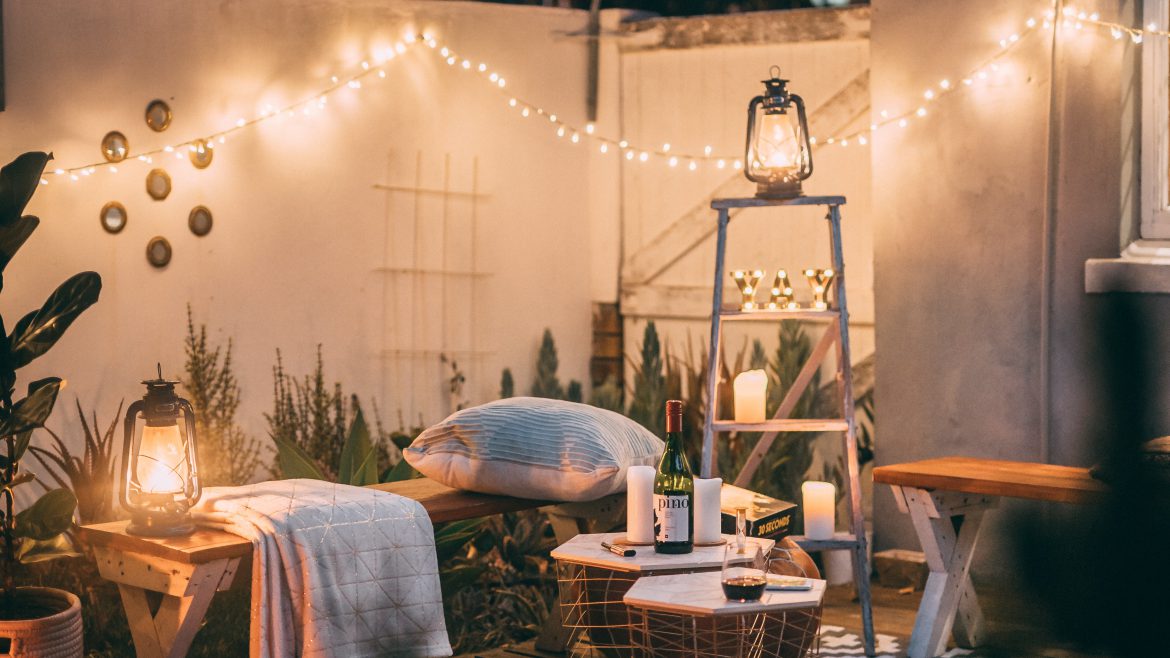Bringing in the Harvest
https://imaginahome.com/wp-content/themes/osmosis/images/empty/thumbnail.jpg 150 150 Nisha Muire Nisha Muire https://secure.gravatar.com/avatar/09971b406125a2f92a37bf65b08fd3c3?s=96&d=mm&r=gIf you are like a lot of backyard, rooftop or balcony gardeners, then you are likely seeing the real fruits of your labors right about now. After a summer’s worth of attention and care, your vegetable plants and fruit trees should be in full harvest splendour. While many plants and vines will have already been giving you produce from about mid-July, from now until mid-September is when you will really reap dividends.
One of the main difficulties faced with gardeners is what to do with your harvest when you have more than you can realistically eat? There are a few options open to you. The simplest, of course, is to give away some produce to your friends and family. However, if you have already exhausted the number of people who appreciate garden fresh veggies and fruits, then the next step is either canning or freezing. Depending on how quickly you plan on consuming your harvest will dictate the best method to follow.
Canning
Canning is the traditional method used to preserve fruits and vegetables from the garden. It is a time-consuming but thorough process that involves sterilizing of the jars/tools employed in the canning as well as the boiling and processing of the food and/or preserving liquid being used. A good overview of how to can properly can be found in the guides over here //bit.ly/1PWQbeU. Canned goods can last a for months at a time in a cool dry place without worry, as long as the canning process was done properly.
Freezing
Freezing is the quicker method of preserving food, however, it doesn’t work very well for certain items like soft fruits as the thawing process will turn them to mush. However, if you are only planning on using your fruits and berries in smoothies, pies or purées, then freezing will work fine. Generally, to get the best results from freezing vegetables such as beans, spinach or swiss chard, you should blanch them prior to freezing them. However, it is not necessary to do so. A good guide to freezing can be found here //bit.ly/1NYcCz0.
Having done both freezing and canning of my garden produce, I can say that I appreciate both methods for different reasons. I will usually can half my tomatoes and freeze the other half. The frozen tomatoes are great for recipes involving one or two tomatoes that I can throw in quickly. The canned tomatoes work best for sauces and curries. Beans, spinach and swiss chard get frozen while berries and fruits are turned into jam or compotes. Peppers are canned and taste amazing after the marinating in the pickling juice for a few weeks – they make great additions to sandwiches and pastas!
Preserving your harvest is the best way to enjoy the fresh taste of summer for months after the growing season has ended. Not only is it a fun way to spend a couple of weekends, but it will give you a real sense of satisfaction.

